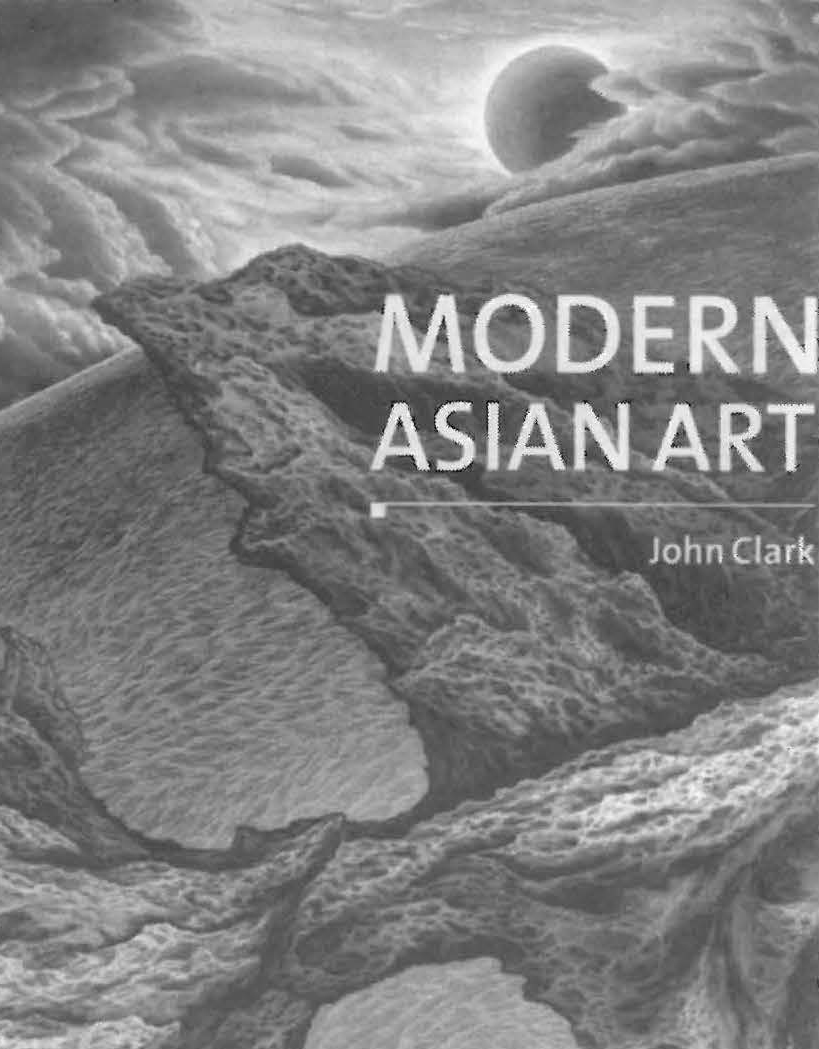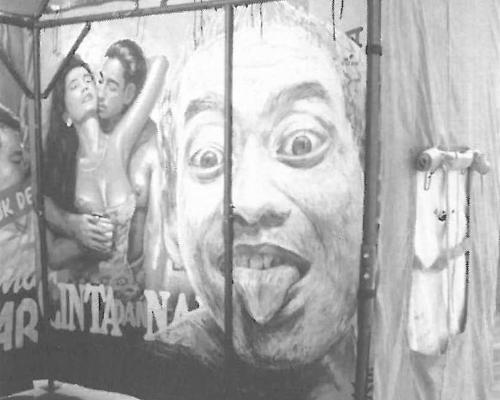
In 1998, Bernard Smith surprised many by including Japan in Modernism's History (Sydney: UNSW Press, 1998). Thanks to John Clark's book, we now know that the history of modernism in Asia deserves more than a chapter. Clark's study provides us with a framework by which to understand modern Asian art.
His attempts to theorise the history of modern Asian art are impressive. His basic approach is outlined in Chapter One, but in other chapters too, methodological considerations are to the fore. The author sees art history as a social semiotics (p. 14) which operates in a matrix. Careful reading of Chapter One provides rewards, but it is arguably possible to make similar statements using simpler language. As the author himself admits (p .. 11), some readers may be so challenged that they decide to completely skip the chapter, and proceed to more empirical chapters beginning with Chapter Two. But that chapter, too, is heavy-going. Readers are asked to consider a model of the prehistory of modernity. As Clark rightly argues: "In order to map and then understand what modern Asian art has become one should try and see where it has come from." (p. 29). In Chapter Three, he examines models of transfer of modernity under various conditions from Euramerica to Asia. In Chapter Four he examines 'pre-transfer' Asian art discourses. Clark warns us of the dangers associated with the careless use of the word 'tradition'.
The next three chapters discuss types of artist, what he describes as the aristocrat, the plebeian and the professionally-trained art school graduate. Chapter Eight looks at the reception of their work by surveying different types of exhibitions. Chapter Nine discusses the concept of the 'avant-garde' in Asian art contexts. It is followed by more thematic chapters which examine questions relating to nationalism and 'cycles of integration and autonomy'.
The concluding Chapter Twelve focuses on how the histories explored in earlier chapters impact on contemporary art in Asia. Readers of Artlink may find this the most interesting chapter. Clark points to the historical amnesia of contemporary Asian art discourses (p. 283). The reader might well then ask to what extent reading the previous eleven chapters is essential for understanding contemporary Asian artists and their practice, given the lack of historical consciousness among artists themselves. There are not necessarily clear continuities with current art practice. Clark almost seems to acknowledge this by concluding with an excerpt from a radio interview with a Malaysian artist Yeoh Jin-leng. The artist states in simple and powerful language: "I may use the Western technique and style but my main aim is to express my environment according to how I wish to express it." (p. 298) While Clark's book is a major resource for those who wish to think deeply about modernism's Asian history, general readers will much prefer hearing things directly from the artist's mouth.












